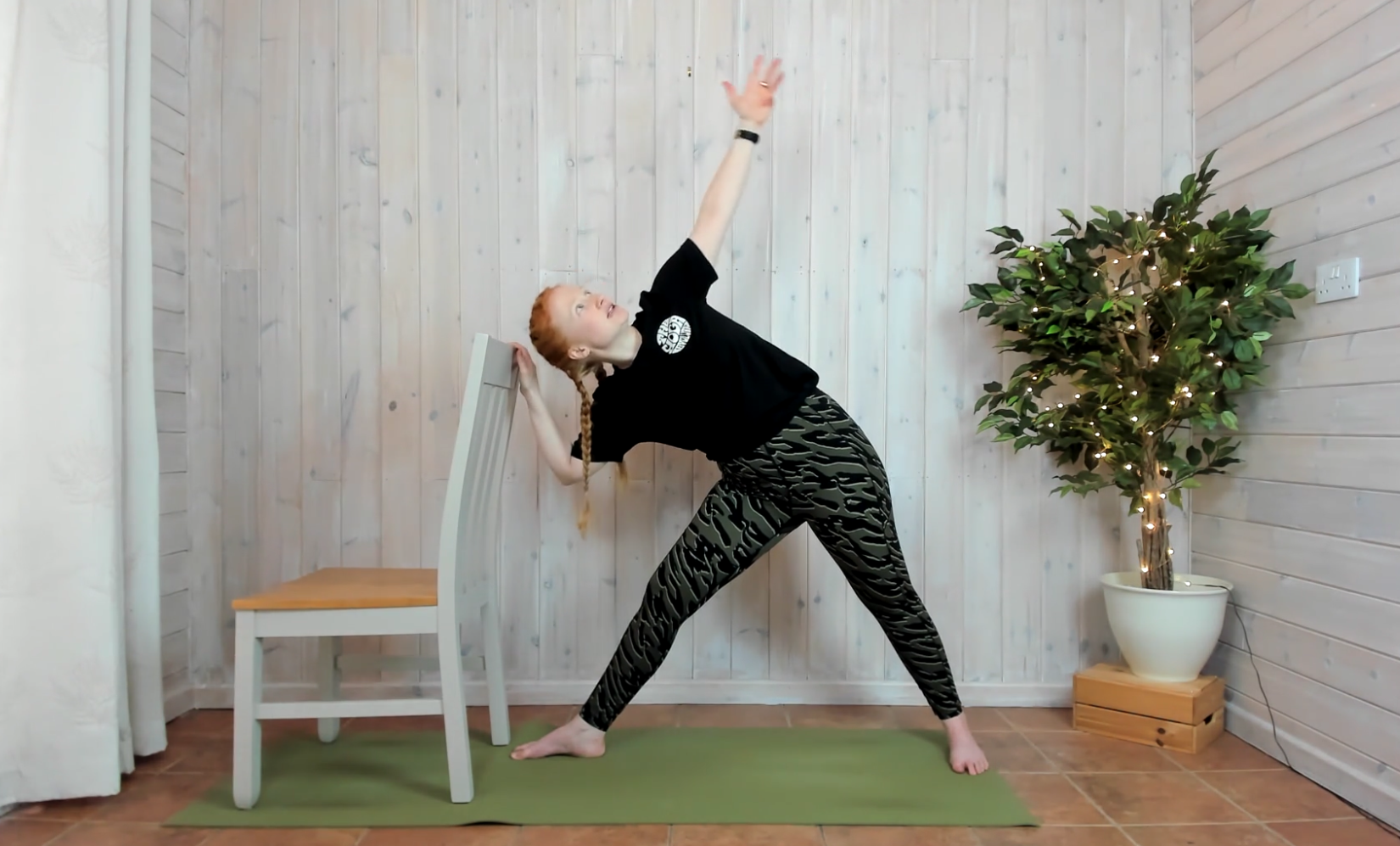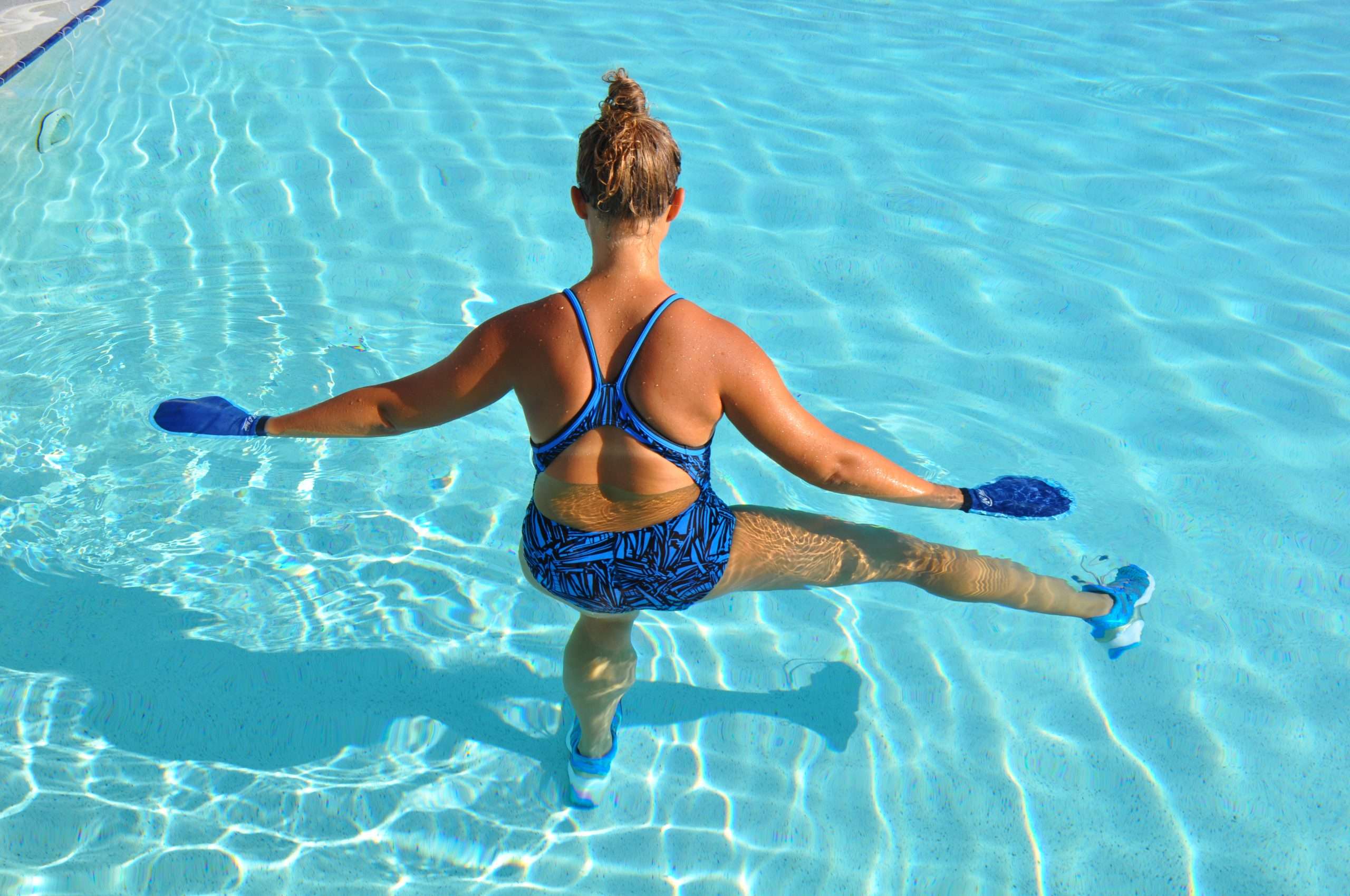Movement as we get older can too often be riddled with aches and pains. Isn’t this just the life for us as we age? Is the privilege of age enough, even if we can’t put our shoes on without sitting down? It’s my mission to challenge this—I want us to get MORE mobility as we spend longer on this planet, reduce the pain, and scrap the idea that getting stuck, immobile, and feeling pain is just par for the course.
Water exercise is a powerful tool in this journey to reducing pain and improving mobility, offering a low-impact, highly effective way to strengthen muscles, increase flexibility, and reduce pain. But did you know that combining water exercise with other therapies can maximize your results? Here’s how integrating different modalities can enhance your overall well-being and help you live a more active and enjoyable life:
The Benefits of Water Exercise
Water exercise (as opposed to water aerobics), utilizes the natural resistance and buoyancy of water to provide a safe and effective workout environment. The buoyancy reduces the strain on joints and muscles, making it ideal for folks with arthritis, chronic pain, or mobility issues. The resistance of the water helps build strength and endurance without the need for heavy weights, while the hydrostatic pressure improves circulation and reduces swelling.
So water exercise is great, what can we use alongside this practice to support us in this mission for better movement?
1. Physical Therapy
Physical therapy (PT) focuses on restoring movement and function through targeted exercises and manual techniques. When combined with water exercise, PT can offer a balanced approach to rehabilitation. For example, a physical therapist might recommend specific aquatic exercises to support the work done in the clinic. Water’s resistance can help strengthen muscles that are weak from injury or surgery, while the gentle environment can aid in the recovery process without causing additional pain or strain.
Regular sessions in the pool can complement PT by maintaining and enhancing the gains made during land-based therapy sessions. This combination helps ensure a smoother and faster recovery, providing a holistic approach to managing pain and improving mobility.
2. Massage Therapy
Massage therapy is another effective way to manage pain and promote relaxation. It works by manipulating the muscles and soft tissues to reduce tension, improve circulation, and enhance overall relaxation. After a rigorous water workout, massage therapy can help alleviate any residual muscle soreness and prevent stiffness.
Incorporating regular massage sessions into your routine can also improve your range of motion and flexibility, making your aquatic exercises more effective. The soothing effects of massage can reduce stress and promote better sleep, further aiding in the recovery and healing process.
3. Yoga

Yoga is well-known for its ability to improve flexibility, balance, and mindfulness. Combining yoga with water exercise can enhance the benefits of both practices. Aqua yoga, for example, brings the principles of yoga into the pool, using the water’s buoyancy to assist with poses that might be challenging on land. This makes it accessible for those with limited flexibility or balance issues.
To add to that, practicing mindfulness and controlled breathing associated with yoga can help reduce stress and improve mental clarity, which is beneficial for pain management. A calm mind can lead to a more focused and effective workout, whether in the pool or on the mat. This is why we’ve got some amazing on-land classes by yoga teacher Chloe Markham and others in the pool inside Wavemakers. Jump in here and unlock these sessions today.
4. Nutrition and Lifestyle Adjustments
A holistic approach to pain management and improved mobility should also include proper nutrition and lifestyle adjustments. Eating a balanced diet rich in anti-inflammatory foods can support your overall health and enhance the benefits of your exercise routine. Additionally, maintaining a healthy weight can reduce the strain on your joints and improve your overall mobility.
5. Mindfulness
We talk about this so much inside Wavemakers—the ability to feel the movement is where you get your best results. Being able to feel your body, not only those moves that give you pain but those that feel the best, is, at it’s core, the very art of mindfulness (learn the importance of mindfulness from Chloe Markham, Wavemakers’ resident yoga teacher, to give you even more in your next workout).
But this skill—tuning into how we feel—is one our society has actively encouraged out of us; we’re told to ‘suck it up’, ‘walk it off’, ‘carry on regardless’, and being productive is how we measure worth. To relearn this skill, we can turn to mindfulness, and specifically mindful meditation, to help us reconnect to our bodies and learn when we can push harder or when we should slow down.
The takeaway
Combining water exercise with these other modalities can really create a comprehensive plan for managing pain and improving quality of life. When we integrate different kinds of movements or therapies in this way, we’re working towards faster and more sustainable results. Embracing this multi-therapy approach can help you achieve a pain-free, active, and enjoyable life, making sure you to stay engaged and mobile with every year that passes.
Want to start your journey? Dive into the pool, explore complementary movement sessions, and discover the transformative power of our well-rounded approach to health and wellness inside Wavemakers here.

